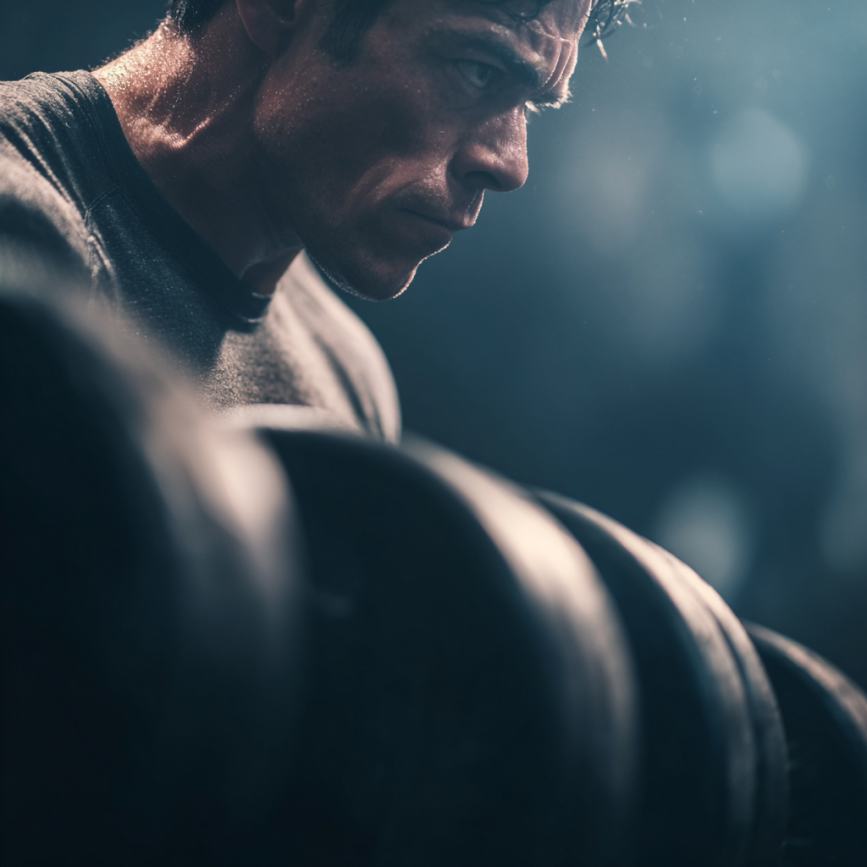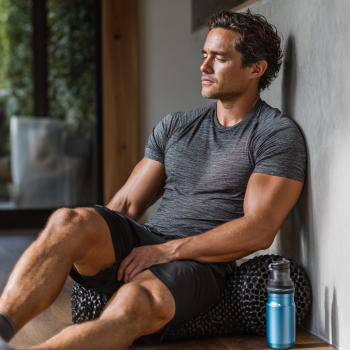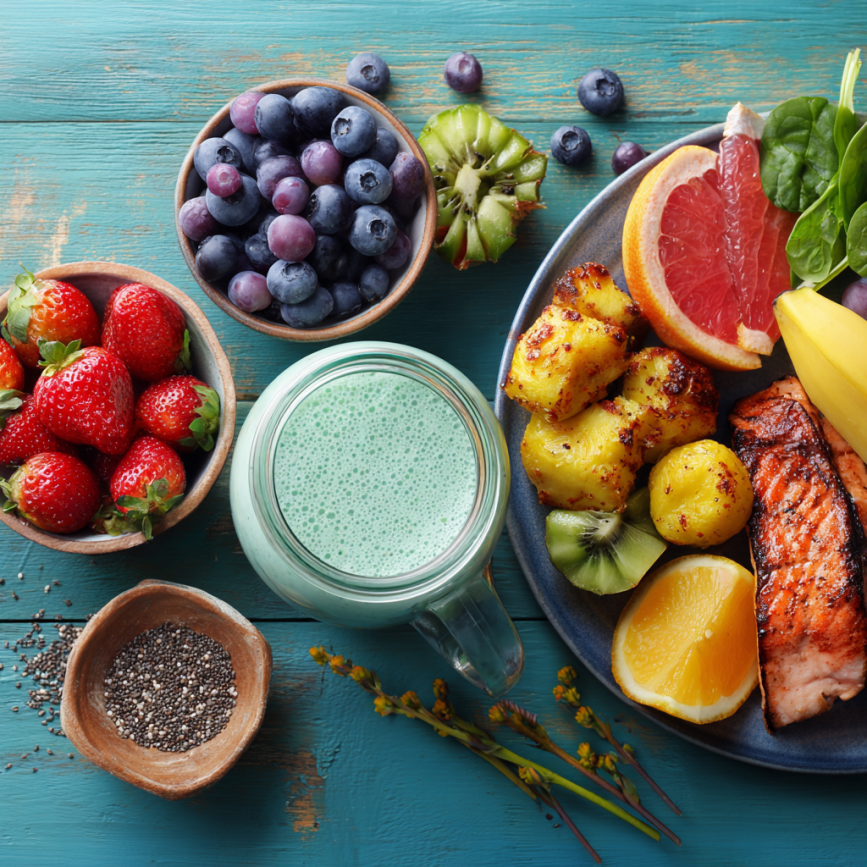
When building muscle is the goal, structure matters. I use a push/pull/legs split—three focused workouts, each targeting different movement patterns. It allows for maximum recovery and intensity.
Push day hits chest, shoulders, and triceps. Pull works back and biceps. Legs day—well, that’s where the real challenge lives. Squats, lunges, deadlifts. I train 4–5 days per week, rotating based on how I feel.
Consistency and progressive overload are key. I log my lifts, track volume, and adjust when needed. If your goal is growth, train with purpose—and recover just as seriously.
Jean Paul Rivas


